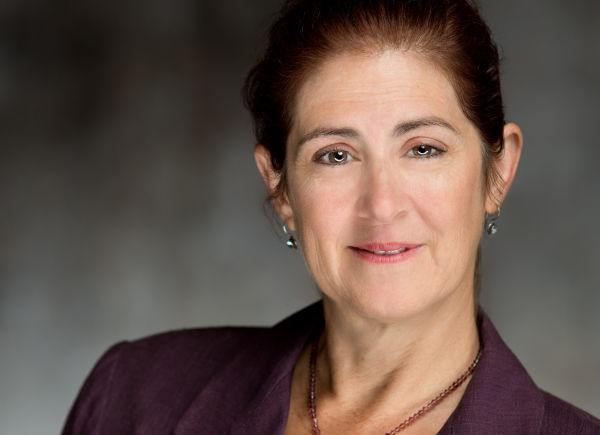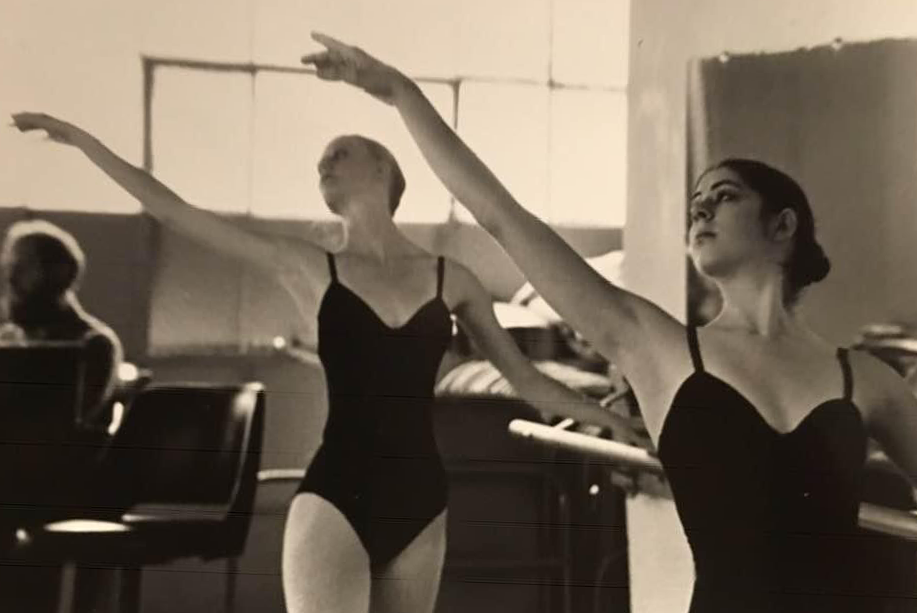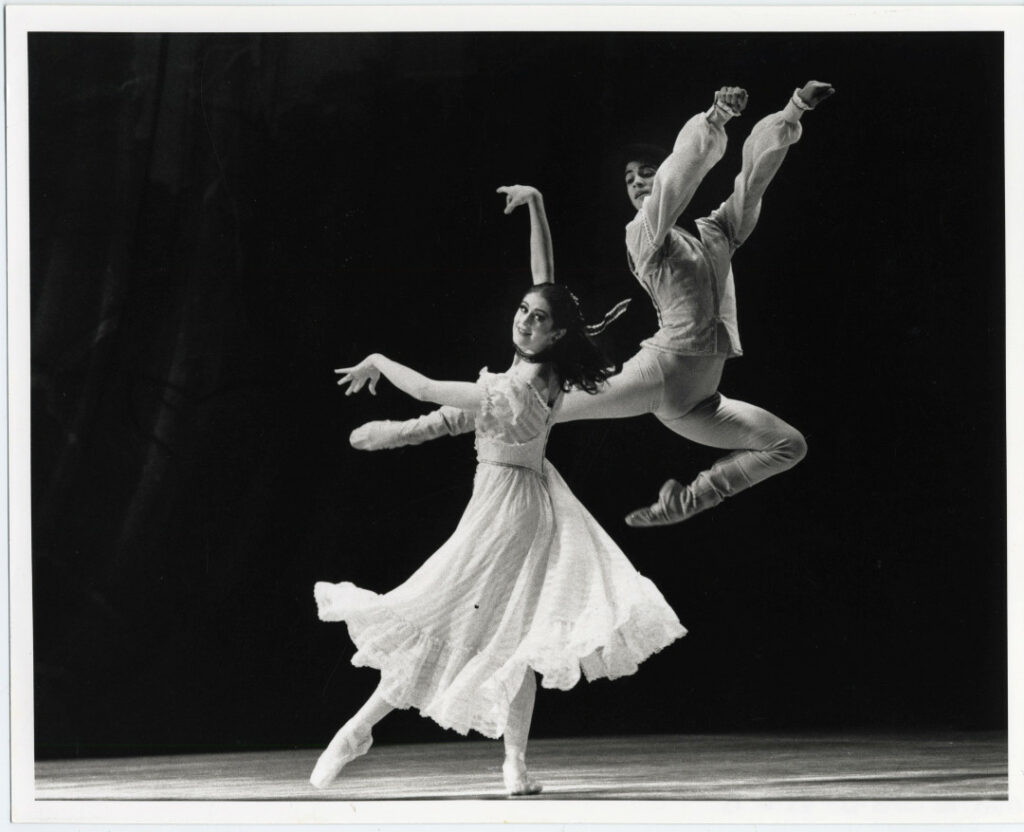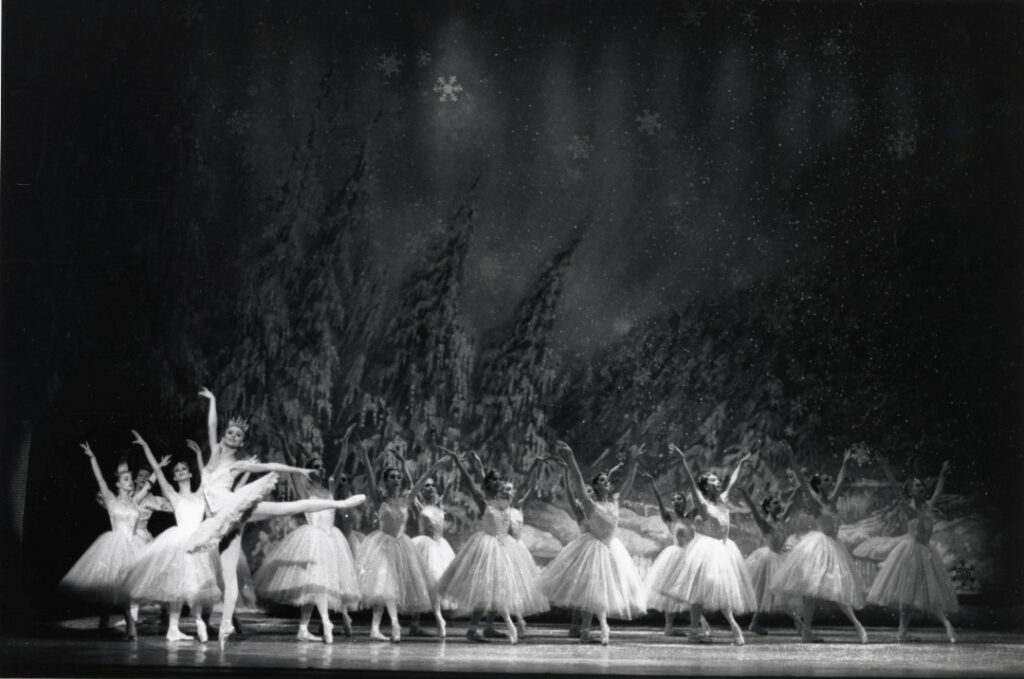Meet Grace Holmes
SF Ballet School’s New Director
SAN FRANCISCO BALLET: What years did you train at SF Ballet School?
GRACE HOLMES: 1979–1982. I first came to SF Ballet School for a summer intensive in 1978. It was my first summer intensive and was an eye-opener to be dancing with such talented students. I was placed in Level 6, a lower class than I had hoped, but I worked hard and took in every correction that the teachers gave the class. I had such amazing teachers: Anatole Vilzak, Richard Cammack, Zola Dishong, Christine Bush, and Chistine Bering were the most memorable. They asked me to stay for the year-round program, but I was unprepared for such a big life change, so I returned home to finish high school. Sometimes I wish I had stayed just to see if my career would have been any different. I came back the following year with the intention of staying for the year-round program.
GH: So, officially I enrolled in SF Ballet School in September 1979 in Level 7 and was promoted to Level 8 in November (I worked hard to prove myself). I was in the school for 2 years, and in 1981 I was offered an apprenticeship at Pennsylvania Ballet. I called Michael Smuin, the Artistic Director at the time, and told him that I really wanted to be at SFB – he asked me to come back and said he would give me the next available apprenticeship here at SFB. I spent one more year in the school (I got to dance with the company a LOT that year) and received my apprenticeship in Fall 1982. When a dancer became injured that season in, he promoted me to company dancer, March 1983.
SFB: Looking back on your years as a student at SF Ballet School, what pops out as especially memorable?
GH: There were some really special moments. One thing that comes to mind was that Val Caniparoli was in the beginning stages of his choreographic journey, and he asked me to workshop some ideas he had for one of his new ballets. He was using students because the company dancers were too busy, and he could see that I worked well in his movement style. I loved exploring choreography with Val, and then seeing the company dancers perform it. Eventually when I was in the company, I danced many of his ballets. I even performed my first solo with SFB as a student! I was third cast for one of Val’s ballet (not supposed to perform it since I was still a student), but we were on tour and the first 2 casts got injured, so the company took a chance and let me perform it. That couldn’t happen these days, but it was a highlight of my early career.
GH: Other memorable moments while in the school - I was cast to perform many corps roles while in the school. I loved when the curtain came up and we were standing there on the stage ready to dance, the music would start and we would perform our hearts out. To have those moments as a student were invaluable. One of my favorite roles was when I was cast as the first snowflake to enter in Lew Christensen’s Nutcracker. It was a big responsibility because the music was difficult to count – you have to listen really hard to hit the arabesque exactly on the first note. I remember when casting came out for that spot, and I saw my name – what a thrill!
GH: And of course, character class with Mr. Vilzak changed my life. He was very endearing often calling out people for good work. He taught with humor, passion, and expertise, and knew how to draw the best out of every student. He supported and encouraged me through challenging teenage times. His classes were hard, fun, and transformational. In my teaching practice, I often incorporate concepts and teaching styles that I learned from his classes. And a sense of humor!
"Ballet is not ‘one size fits all’ where technique is concerned. The same is true from a managerial perspective. People have different talents and needs, and my job as a director is to utilize everyone’s gifts."
SFB: How did the training prepare you for your career as a dancer and then School Director?
GH: Training at SF Ballet School prepared me for my career in dance on so many levels. Of course, the technical training prepared me for the physical requirements of a professional career, and we also had training in dance forms other than ballet, so that made me a versatile employee. Fortitude to continue doing what I love in the face of adversity is a skill I honed as a student. Another aspect that helped me find my way in the profession was personal analysis and seeing a broad perspective of the industry. As a student and then professional dancer, it is important to understand the lay of the land and your own place in it. This is true as well, when identifying how to use your knowledge and experience in the world of dance after retiring from the stage. For me, it was critical to understand how one can use their personal experiences, gifts and knowledge to continue the artform, and earn an income.
I spent a good part of my time as a student and as a dancer, working with my peers on ‘fixing’ things, so basically analyzing each other’s technique and teaching each other. Seeing how things work differently on different bodies helped me become a better teacher.
Ballet is not ‘one size fits all’ where technique is concerned. The same is true from a managerial perspective. People have different talents and needs, and my job as a director is to utilize everyone’s gifts to support the organizational mission, train young dancers in a supportive and healthy way, to maintain a high level of achievement and artistry, and to keep the business flourishing.
SFB: What advice do you have for young dancers interested in training at SF Ballet School?
GH: My advice is to come with an open mind. SF Ballet School Faculty are here to support your journey in the profession, and all decisions are made to help our dancers achieve their goals. But students need to understand that while they are striving towards goals, the path may vary or fluctuate wildly from their expectations. We are here to help steer students in the right direction for them as individuals. Work hard. Listen to all corrections. Try everything. Ask questions. Be brave.
"SF Ballet is a leader in the field, and I feel that the work we do here can actually make a difference in ballet education across the nation and for dance in general."
SFB: What are you most excited about as the new director of the School?
GH: I am excited to work with such talented students, to help them find work in ballet, and to keep dance in their futures in other ways if a professional career is not their dream. SF Ballet is a leader in the field, and I feel that the work we do here can actually make a difference in ballet education across the nation and for dance in general. As the organization moves towards innovation and evolution of the art form, we have the history and knowledge to keep our heritage while exploring the future. Andthe staff and faculty at SF Ballet School are extraordinary. It is a pleasure working with all of them.












